Getting into the design industry can be tough, and the information on the web can be overwhelming.
Where can you start? What are the best resources available?
When I first started my career, I found reading extremely useful. It allowed me to build a language around design, understand the industry and learn new skills I could apply in my day-to-day job.
So, I have decided to look at my bookshelves and select some books that have helped me enter the industry and some that helped me move further.
You can see the classic as well as the unusual. Hope you find it useful and enjoy it.
The Design of Everyday Things
by Don Norman
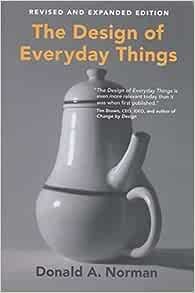
https://www.amazon.co.uk/Design-Everyday-Things-MIT-Press/dp/0262525674
This is the UX Bible. Norman, who came up with the term UX, explores the cognitive psychology of good design and what makes a product that responds to users' needs. He argues that many everyday objects are poorly designed and frustrating to use. He identifies three fundamental principles of good design: affordance, signifiers, and constraints.
Why read this? It’s the UX Bible, so it’s a must!
Hooked
by Neil Eyal
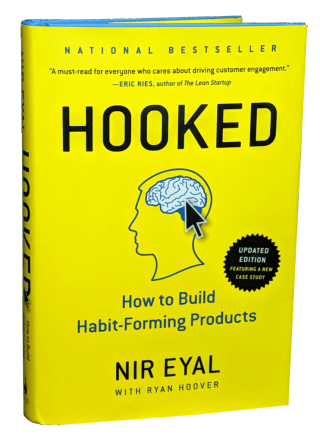
https://www.nirandfar.com/hooked/
The book discusses the psychology of habit formation and how it can be applied to product design. Eyal argues that there are four critical steps to creating habit-forming products: trigger, action, reward, and variable reward.
Why read this? It’s great if you want or are working with customer-facing websites or apps
Design Sprint
by Jake Knapp, Braden Kowitz, John Zeratsky
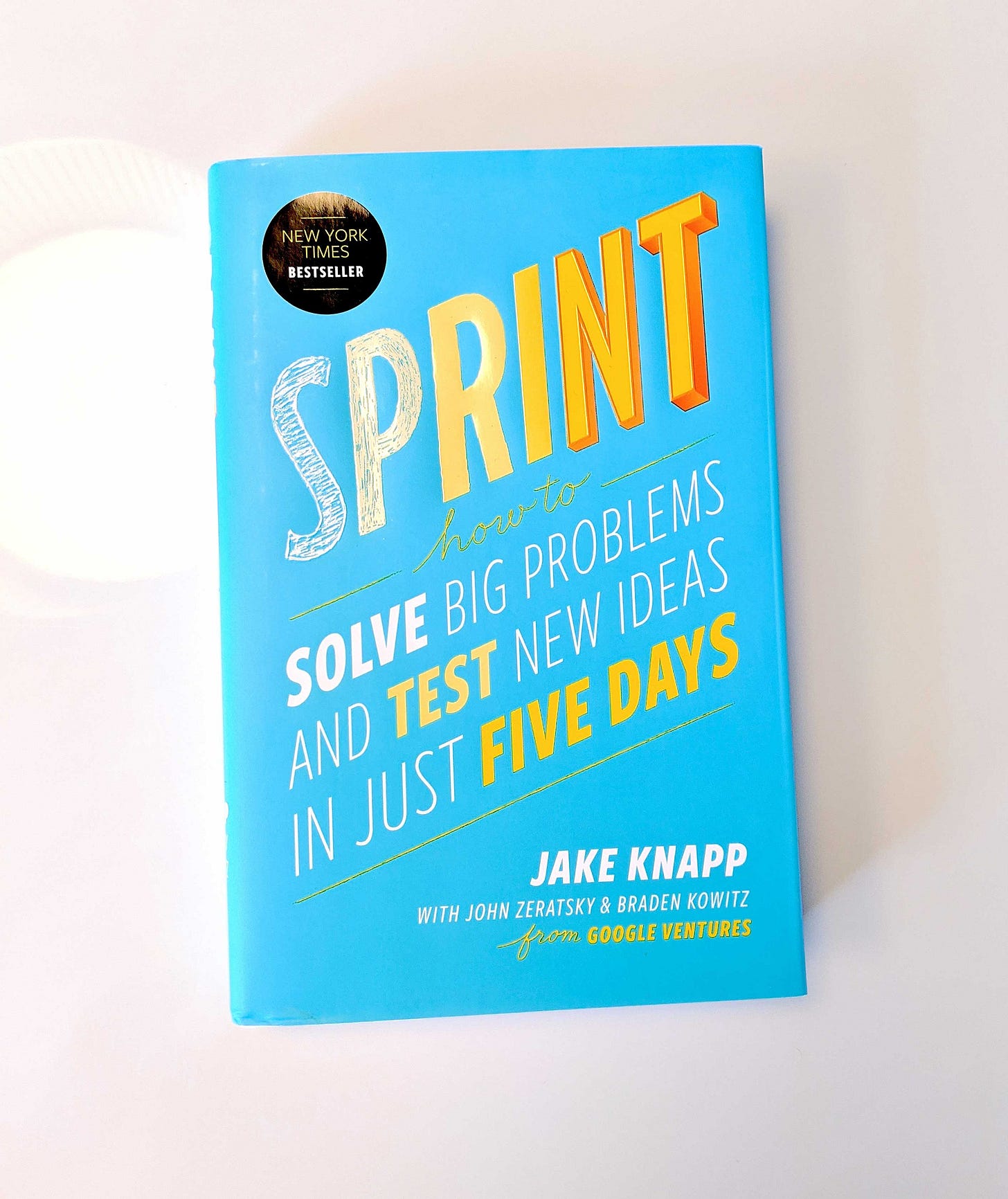
https://www.thesprintbook.com/
The book is about the Design Sprint, a five-day process for rapidly developing and testing new ideas. The Design Sprint is a proven methodology companies like Google, Airbnb, and Uber have used to solve complex problems and launch successful products.
Why read this? It’s a well-known design methodology that allows you to add under your belt a new way to tackle a problem. Also, you can just run some of those activities separately!
Undercover design
by Cennydd Bowles and Kames Box
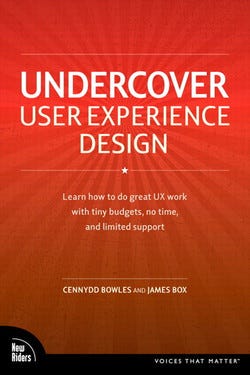
https://www.oreilly.com/library/view/undercover-user-experience/9780132118231/
The book is about the challenges of designing user experiences in real-world organisations, which are not set up to support good UX design. So, designers often have to work around time, budget, and culture constraints. How can we do that?
Why read this? This is the first book I read recommended by a great mentor. Whatever job you do, you can start applying UX methodology and techniques to start learning. Very practical!
The mum test
by Rob Fitzpatrick
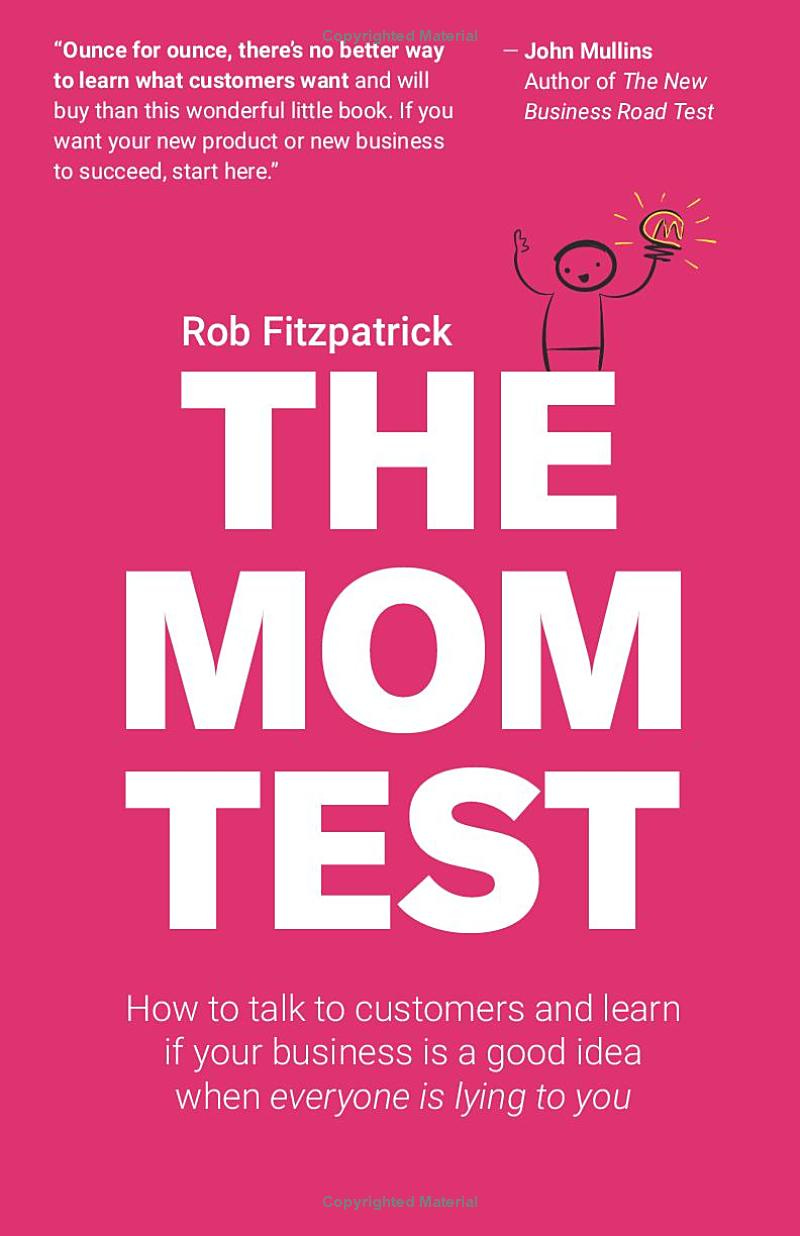
The book is about the Mom Test technique, a way to get unbiased feedback from potential customers. The Mom Test is based on the idea that people are likelier to lie to you about their true intentions, so asking questions they cannot quickly answer with a yes or no is essential.
Why read this? Again, this is one of the first books I read; you can read this in a few days. I read to learn about research and practical techniques to ask questions and eliminate (or reduce) bias.
Don’t Make Me Think
by Steve Krug
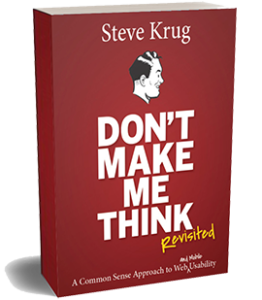
https://sensible.com/dont-make-me-think/
The book is about the importance of usability in web design. Users should be able to use a website without thinking too hard. The book provides many tips on designing websites that are easy to use, such as using clear and concise language, providing straightforward navigation, and avoiding jargon.
Why read this? It will help you improve visual design skills and understand general patterns worth knowing and utilising for experience on the web.
Lean UX
by Jeff Gothelf with Josh Seiden
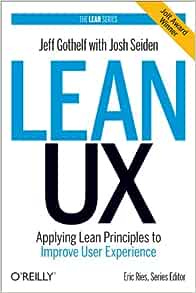
https://www.amazon.co.uk/Lean-UX-Applying-Principles-Experience/dp/1449311652
The book introduces the Lean UX methodology: designing and developing products based on Lean Startup and Agile development principles. Lean UX emphasises the importance of iterative and incremental development, user-centred design, and collaboration between designers, product managers, and developers.
Why read this? It’s a methodology that can be helpful to explore for people interested in going into tech and working in a product team. You can argue that Agile isn’t great for design. However, most tech teams work in Agile, so understanding it is functional.
Emotional Design
by Don Norman
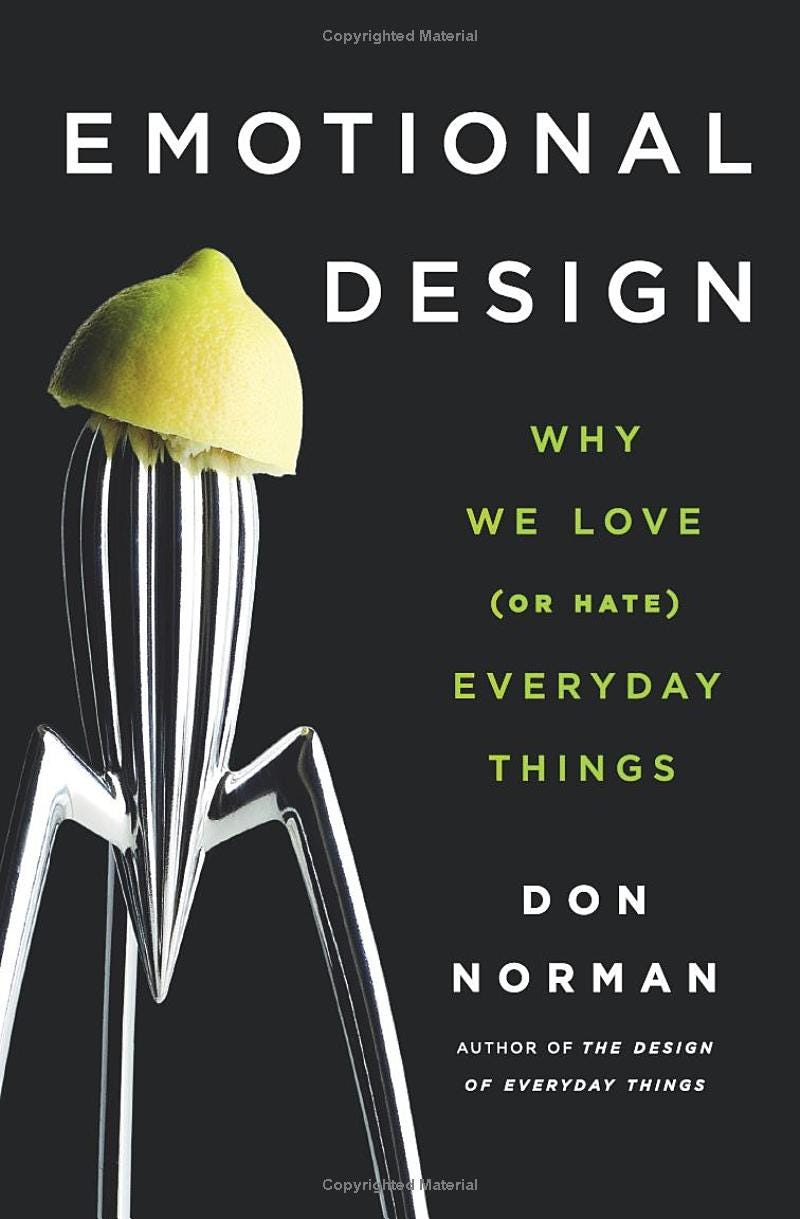
https://www.amazon.co.uk/Emotional-Design-Love-Everyday-Things/dp/0465051367
Another Don Norma boo about good design, which is not just about making things functional, but also about making them emotionally appealing. Norman identifies three levels of emotional design: visceral, behavioural, and reflective. Visceral design is about our immediate emotional response to an object, such as its appearance or feel. Behavioural design is about how easy or difficult it is to use an object. Reflective design is about the meaning or symbolism of an object.
Why read this? Again, it is an essential book in design and great for building a more comprehensive knowledge and understanding of crafting experience, not just screens.
Alchemy
by Rory Sutherland
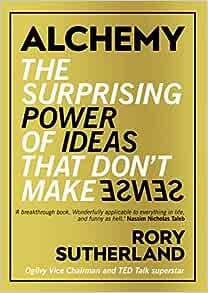
https://www.amazon.co.uk/Alchemy-Surprising-Power-Ideas-Sense/dp/0753556502
Design is not just about processes but can also be irrational sometimes to be successful. Alchemy is literally about it, not specifically about design but about humans and marketing. Rory Sutherland draws on his experience as an advertising executive to illustrate how irrational thinking can be used to influence people's decisions. He also provides examples of how businesses and governments can use irrational thinking to their advantage.
Why read this? It’s funny, great of anecdotes, and it helps designers think away from the screens where decisions are made.
